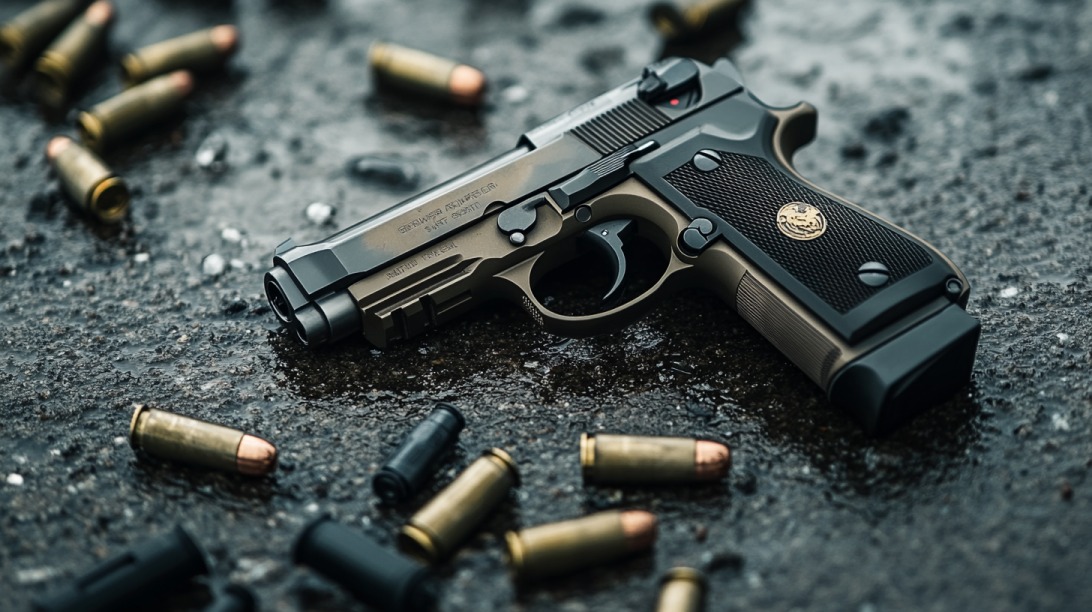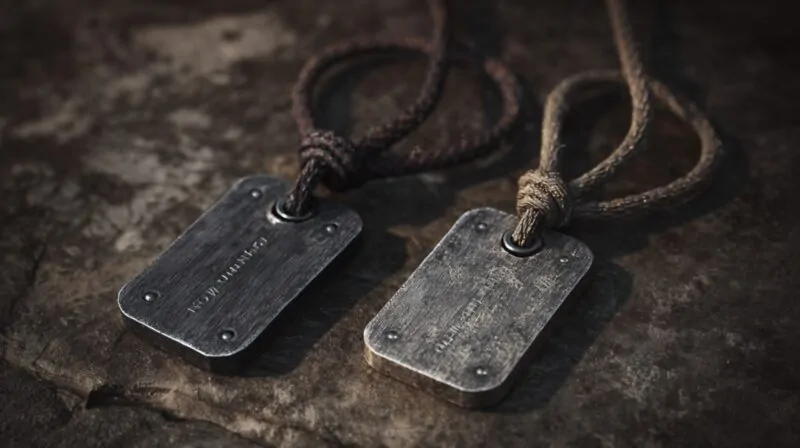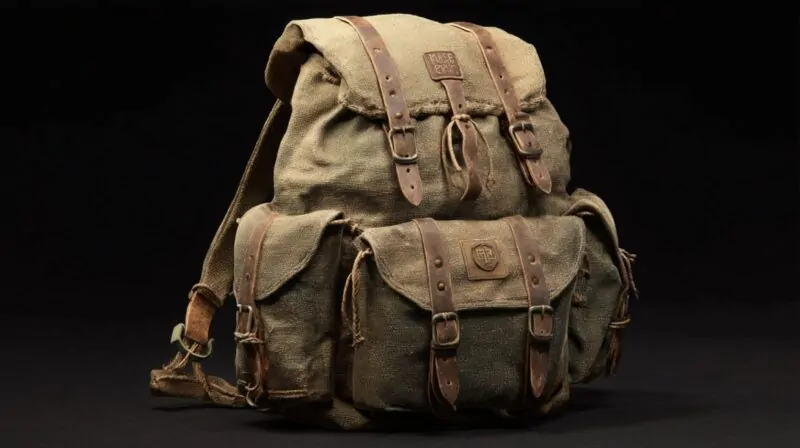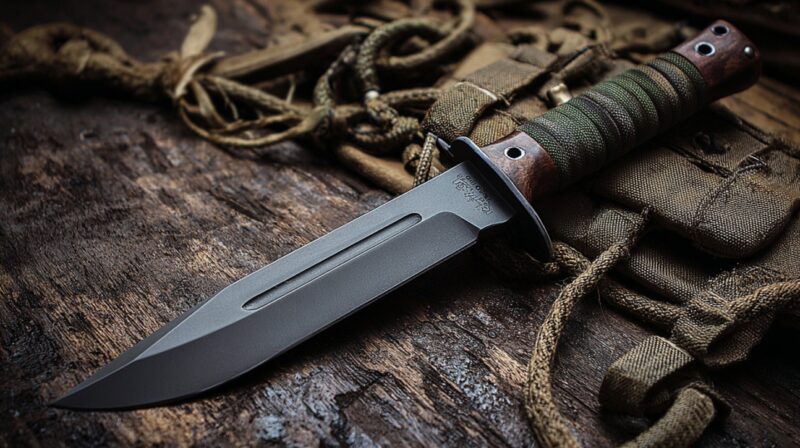One major trend is the shift toward modular weapon platforms that can be easily reconfigured. Instead of fielding multiple specialized weapons, the military increasingly invests in systems that allow caliber changes, barrel swaps, and accessory customization on a single platform. A prime example is the FN SCAR (Special Operations Forces Combat Assault Rifle).
Developed for U.S. Special Operations Command, the SCAR platform was designed with quick-change barrels and calibers, offering 5.56mm light and 7.62mm heavy versions (Mk16 and Mk17) on a common receiver. This lets operators switch configurations for close-quarters battle or long-range engagements as needed.
The Barrett MRAD (Multi-Role Adaptive Design) sniper rifle is another multi-caliber platform: the Army’s new MK22 MRAD sniper system can convert between 7.62×51mm, .300 Norma Magnum, and .338 Norma Magnum by swapping barrels according to army.mil.
An Army sniper can “conduct a barrel change and select calibers based on their mission”,army.mil, giving unprecedented flexibility in one weapon.
Built to Adapt
The U.S. military is embracing modular weapon systems that adapt to different missions. The XM7 rifle (SIG Sauer MCX-Spear) will replace the M4 carbine, firing a new 6.8×51mm round and featuring modular upgrades like a free-float handguard, ambidextrous controls, and a quick-detach suppressor—the first U.S. rifle to include one as standard.
Marines also use the M27 IAR, a modular HK416 variant that replaced heavier squad weapons. Even sidearms have gone modular: the M17/M18 pistol lets soldiers switch grip frames and sizes to match personal needs, with over 200,000 produced.
Modular systems let troops adjust their weapons on the fly, cutting down the need to carry multiple guns and simplifying logistics. Army planners call it the “end-all solution” to meet diverse combat needs.
| Weapon System | Type | Key Modular Features | Adopted By |
| M4A1 Carbine (5.56mm) | Assault rifle | Accessory rails, interchangeable upper receiver | Army & Marines (since 1990s) |
| SIG XM7 Rifle (6.8mm) | Assault rifle | Barrel swaps, folding stock, suppressor, ambidextrous controls | Army (2024 onwards) |
| FN SCAR (Mk16/Mk17) | Assault/Battle rifle | Quick-change barrels, modular stock | SOCOM (since ~2009) |
| Barrett MK22 MRAD | Sniper rifle | Multi-caliber conversion, folding stock | Army (new sniper system) |
| SIG Sauer M17/M18 | Sidearm (pistol) | Swappable trigger module, grip sizes, optics-ready | Army, Navy, Air Force, Marines |
Advanced Optics and Targeting Systems: Smarter Fire Control for Modern Soldiers
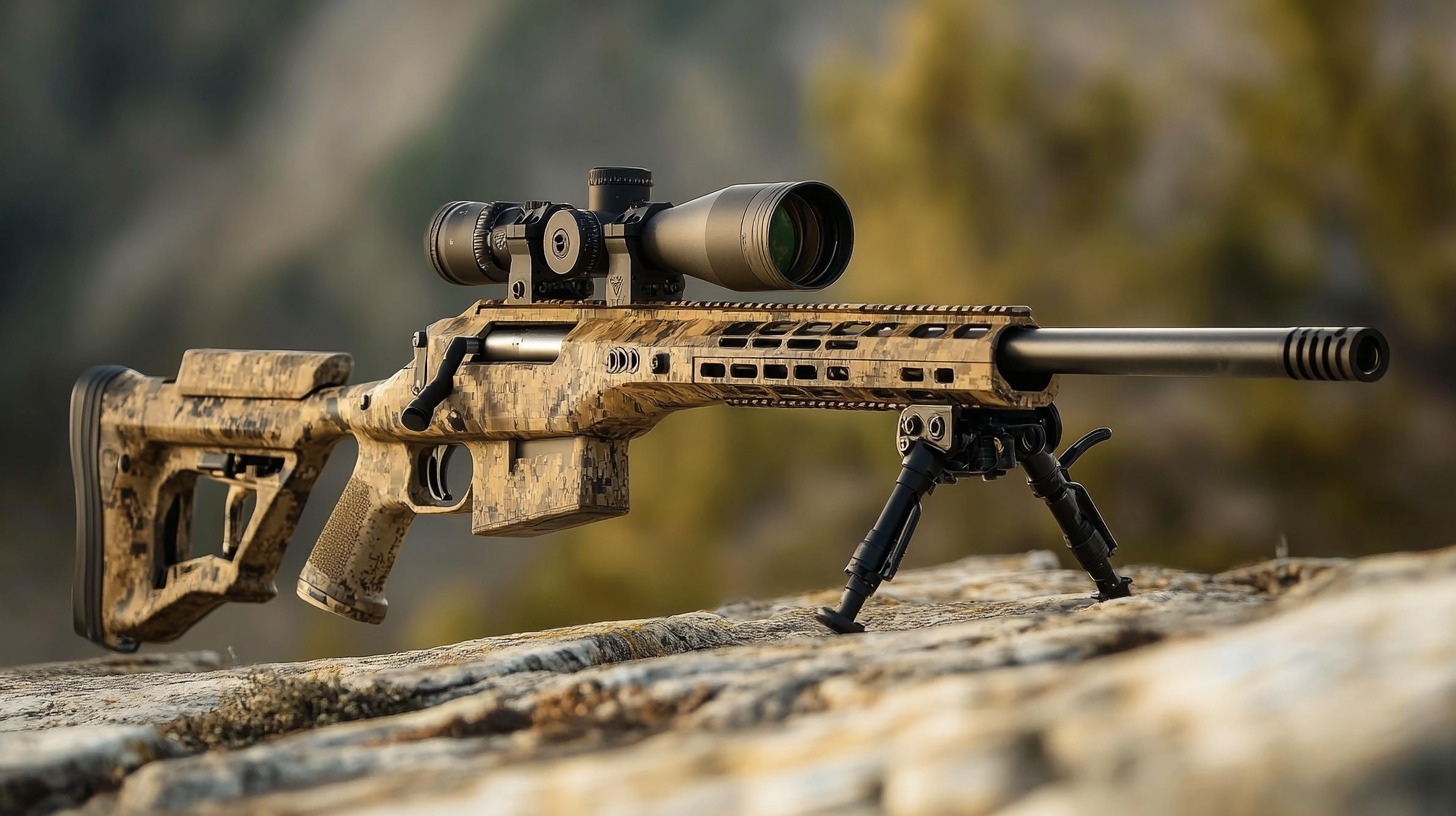
Today’s U.S. military relies on cutting-edge optics that transform weapons into smart targeting platforms. Red-dot and holographic sights, like the Aimpoint CompM4 and EOTech, replace old iron sights, letting troops aim faster with both eyes open. Marines are shifting to the Trijicon VCOG (1-8× zoom) for flexibility from close to long-range.
The real game-changer is the Vortex XM157 optic. Selected for the new XM7 rifle and XM250 machine gun, it combines a laser rangefinder, ballistic computer, sensors, and digital display. This system calculates distance and wind, adjusts aimpoints, and shows soldiers exactly where to shoot. The Army plans to field up to 250,000 units.
Night vision and thermal sights are also advancing. Clip-on thermal imagers and ENVG-B goggles allow soldiers to aim through smoke or darkness, while IVAS goggles will soon overlay data, like friendly locations or target IDs, directly onto the soldier’s view.
| Optic/Tech | Key Features |
| Red dots, holographics | Fast, two-eyes-open targeting |
| Trijicon VCOG | Variable zoom for flexibility |
| Vortex XM157 | Smart fire control with sensors & display |
| ENVG-B, IVAS | Linked night vision & augmented reality |
Suppressors: Quieter, Safer, More Effective
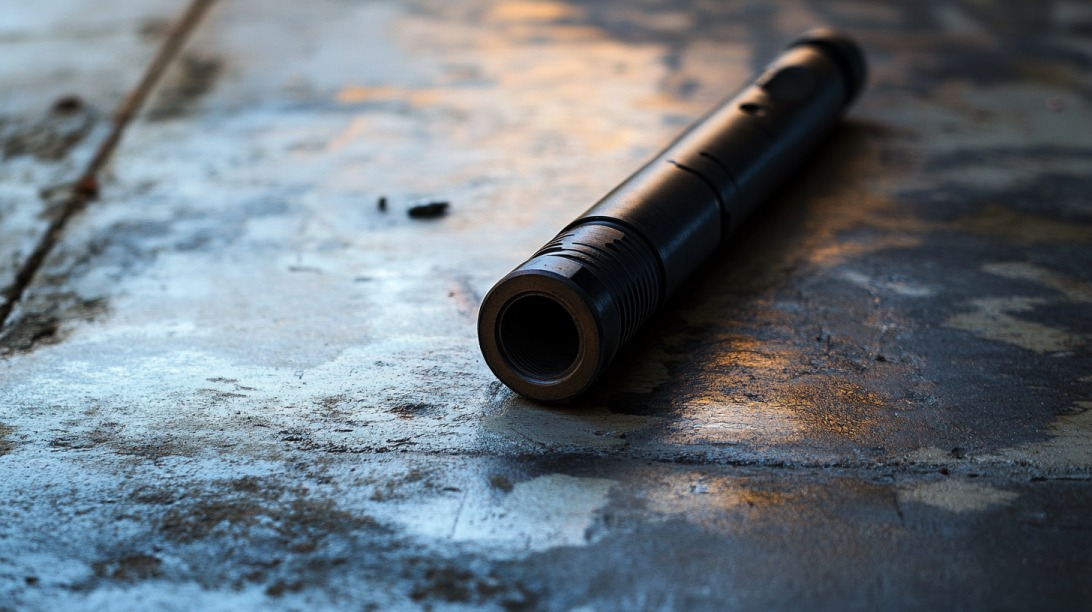
Suppressors have moved from elite units to mainstream use across U.S. ground forces. The Marines were among the first to deploy them widely, equipping every rifle and machine gun in some units.
The benefits were immediate: reduced noise levels made it easier for squads to communicate, even during intense firefights, and helped maintain better situational awareness. Suppressors also cut down on recoil and muzzle flash, which not only improves accuracy but also reduces the chance of enemy detection.
The Army’s new XM7 and XM250 rifles will come equipped with suppressors as standard, a major shift from past doctrine, where suppressors were special gear. New designs like the Maxim Defense MSX-240 can reduce the deafening roar of a machine gun to manageable levels, making it possible to communicate next to one without shouting.
With proven performance and relatively low cost compared to the operational benefits, expect to see suppressors on nearly every front-line weapon shortly.
According to recovertactical.com, the trend toward equipping weapons with suppressors, modular grips, and precision-engineered components reflects a broader shift toward adaptability and user-specific customization. Their approach to lightweight, modular upgrades aligns with the military’s need for gear that’s versatile, effective, and combat-proven.
Ergonomic Upgrades: Comfort Equals Performance
Modern military weapons aren’t just more powerful—they’re designed to feel right in the soldier’s hands. Customization options like adjustable stocks, modular pistol grips, and precision-engineered triggers help tailor each weapon to the user.
This means whether a soldier is tall, short, left-handed, or wearing bulky gear, they can adjust the weapon for optimal comfort and control.
In modern combat, where split-second decisions matter, a weapon that’s comfortable and intuitive can make all the difference between a hit and a miss.
@militarymechanicsieThe MG4 A3 is a modernized 5.56×45mm NATO light machine gun, featuring advanced optics, improved ergonomics, and robust reliability for enhanced infantry effectiveness.♬ original sound – militarymechanics
Smart Weapons and Connectivity: The Future of Firepower
Military weapons are becoming integrated systems, where digital tech plays as big a role as mechanics. Advanced optics like the XM157 don’t just magnify the target—they integrate environmental data like range, wind, and angle into a digital aiming display. This smart fire control helps soldiers take faster, more accurate shots, even at long ranges.
Connectivity is key. IVAS goggles, linked to weapon optics, allow soldiers to “see through” their weapons while staying behind cover. This capability dramatically improves safety and effectiveness in urban and close-quarters fighting.
As systems like IVAS mature, expect a battlefield where soldiers’ sights, goggles, and even drones share real-time targeting data. It’s not just about one shooter anymore—it’s about the entire squad working as a coordinated network, reacting faster and hitting harder.
Bottom Line
The future of U.S. military firepower isn’t just about bigger bullets or better optics—it’s about adaptability, integration, and personalization. Today’s soldier can tailor their weapon to fit the mission, fine-tune it for precision, and link it into a networked battlefield where technology amplifies every action.
From modular rifles and suppressors to smart optics and connected systems, the U.S. military is crafting an arsenal that’s as dynamic as the conflicts it faces. As these technologies continue to evolve, one thing is certain: the American warfighter’s weapon will not just be a tool—it will be a force multiplier.
Related Posts:
- Staying Safe in the US - A Guide to Essential…
- A Look at US Military Helicopters: Past, Present, and Future
- The Rise of Ruggedized Displays - How ViewPoint…
- How to Structure a 12-Week Military Running Program…
- How Old Can a Woman be to Join the Military? Joining…
- What is an Average Military Nurse Salary in 2025?

